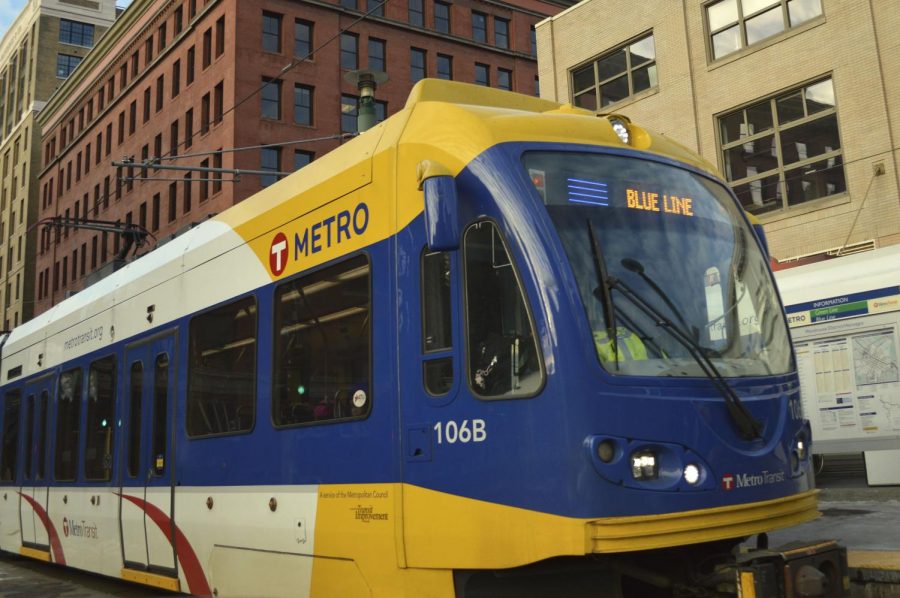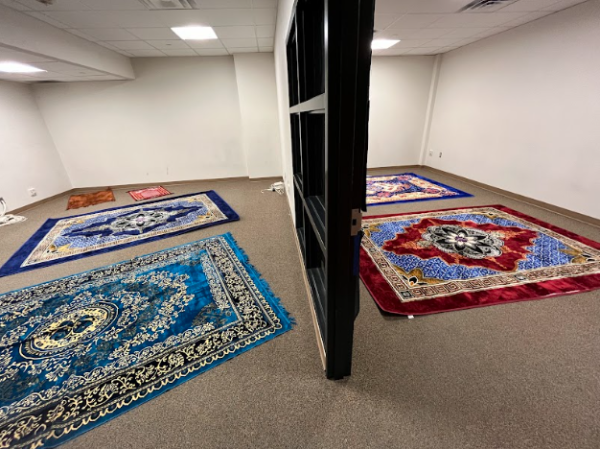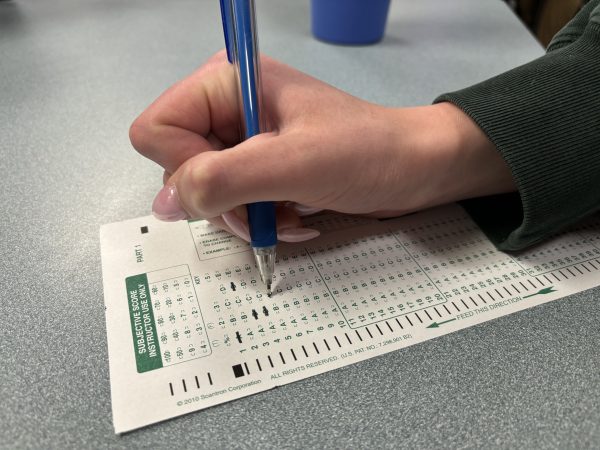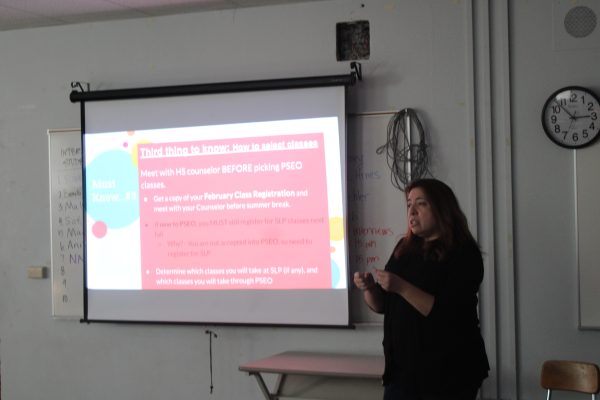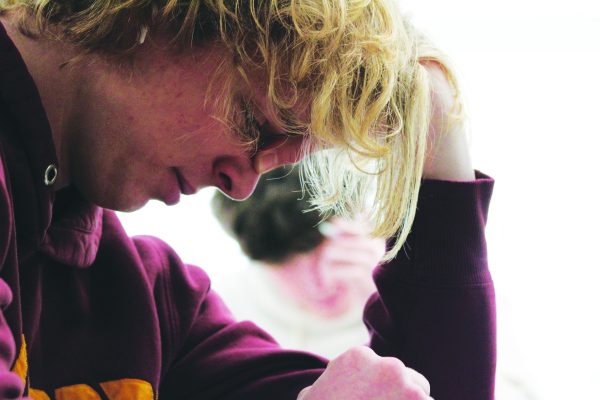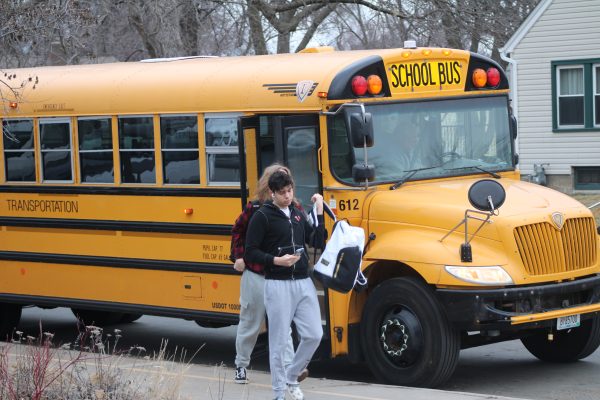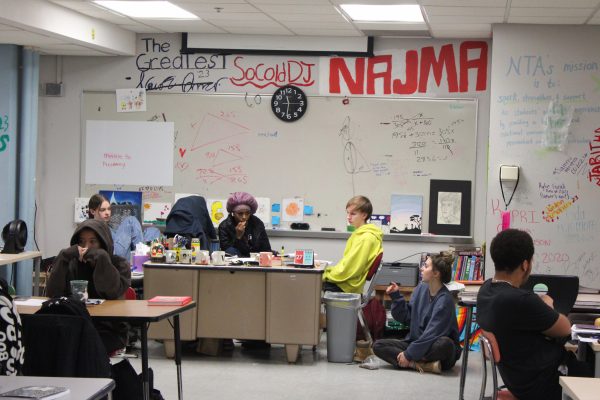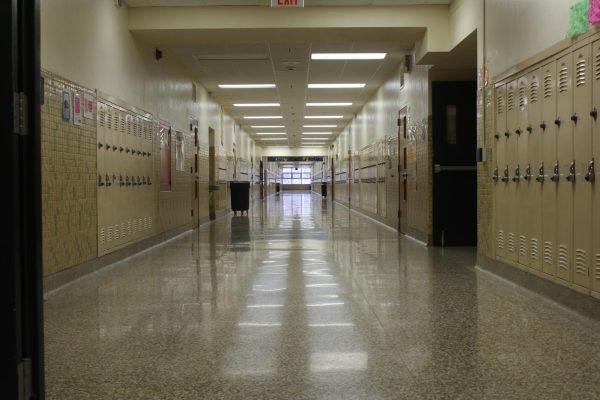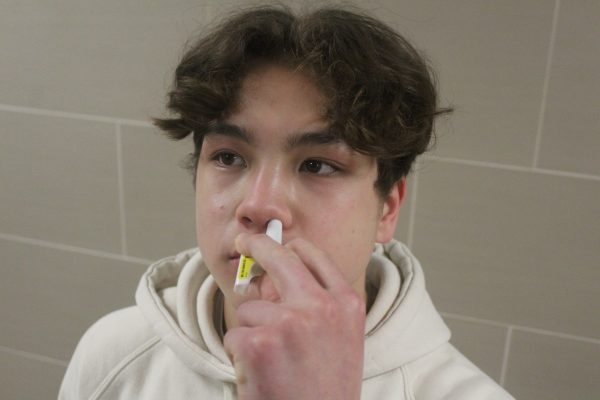Southwest Light Rail Transit breaks ground
Community prepares for construction
Metro Blue Line light rail in downtown Minneapolis Dec. 24. Once constructed, the Southwest Light Rail Transit, an extension of the Metro Green Line, will pass through downtown as well as St. Louis Park.
January 23, 2019
As the Southwest Light Rail Transit begins construction in St. Louis Park, sophomore Zoe Frank said she believes the light rail provides advantages to the metro area.
“I honestly feel pretty good about the whole project,” Frank said. “Public transportation overall reduces emissions. I think it will also help connect people more.”
According to the City of St. Louis Park, the Southwest Light Rail Transit (SWLRT), approved by the Federal Transit Administration in Nov. 2018, has begun construction in St. Louis Park. The SWLRT route, which is being built by the Metropolitan Council, will span downtown Minneapolis, St. Louis Park, Hopkins, Minnetonka and Eden Prairie.
According to St. Louis Park principal planner Meg McMonigal, there will be three stations in St. Louis Park.
“They’re at Louisiana, Wooddale and Beltline,” McMonigal said. “We’ve planned for a lot of pedestrian and bicycle facilities, and we’re hoping people can bike and walk to get to the stations to use them.”
Frank, a member of the St. Louis Park Environmental Sustainability Council, said while the construction process may bring about issues, the mode of transportation is beneficial.
“Obviously, construction can cause issues with traffic and the commute,” Frank said. “I think it is a good thing there will be more construction jobs open for people and once it’s constructed, that gives a lot more people an opportunity to get around the Twin Cities.”
Public transportation overall reduces emissions. I think it will also help connect people more.
— Zoe Frank, sophomore
According to McMonigal, the construction process will create temporary changes within the city.
“The construction will take a few years. On and off there will be some closures of roads that will impact people’s lives,” McMonigal said. “The Cedar Lake Trail regional trail will be detoured in the spring.”
McMonigal said the addition of SWLRT encourages growth throughout the area, including changing the city’s geography and making environmental improvements.
“The intent is to have places where people can live without a car, they can use the train for their transportation or live or get to work near the station areas,” McMonigal said. “A couple of impacts are that trying to reduce the number of cars and therefore significantly reduce air pollution.”
Sophomore Emma Amon said the SWLRT provides an easy way to access different areas across the Twin Cities.
“I feel like it will definitely help a commuter especially if you work downtown,” Amon said. “Also, for transportation around St. Louis Park other than the bus systems so that could be even better efficiency.”
Frank said she finds the addition of a light rail system in St. Louis Park appealing.
“I plan to use it, and I’ve used the downtown one as well not as often because we have to drive to get to it,” Frank said.
According to McMonigal, construction of the SWLRT is expected to be complete by 2022 and the light rail will be open in 2023.



